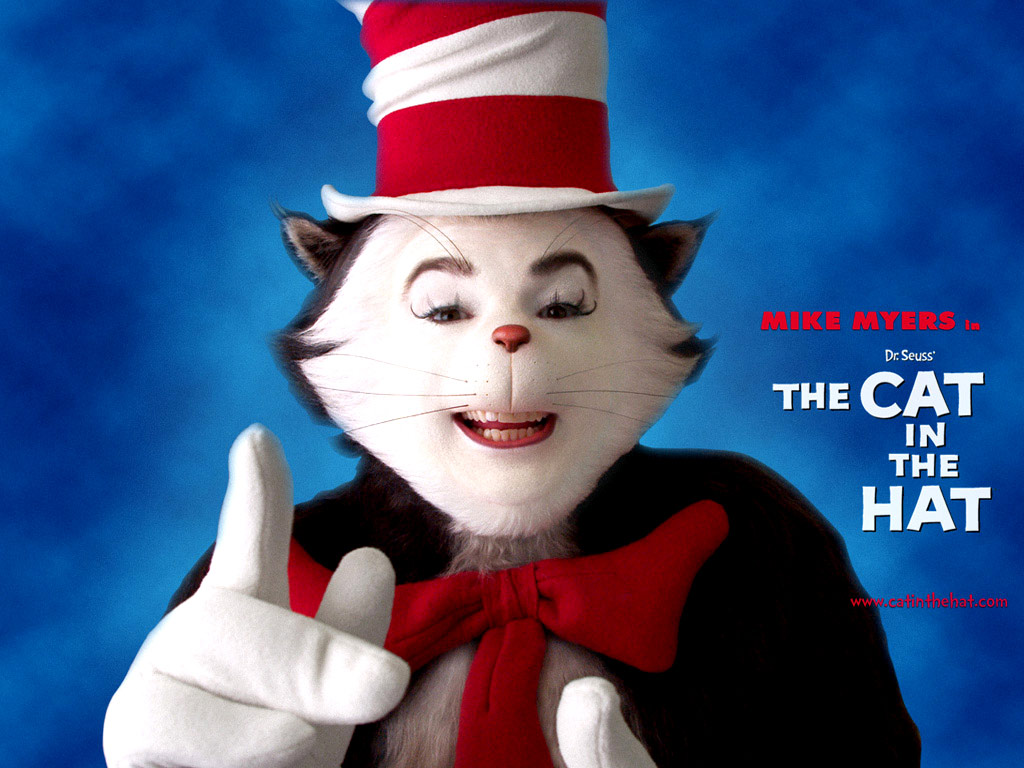Blue the boy's color, and pink is the girl's. That's just how it is.
Well... now anyway.
You see, back in the day ("the day" being one in the 1900's) it didn't really matter what color cloth you were wrapping you infant in. This was mostly due to the insanely high child mortality rate at the time (in the US at the time, about 165 babies out of 1,000 died). You would probably just end up burying the thing anyway, so why splurge on specifically-colored garments?
And supposing the infants did survive, all cloth inevitably becomes one color after the freak bowel movements of the little chillen'.
However, this type of seldom-seen gender equality just wouldn't do for Earnshaw's Infant Department. In 1918, they released an editorial that stated pink was "a more decided and stronger color ... more suitable for the boy; while blue, which is more delicate and dainty, is prettier for the girl."
What?
Yes, you read it correctly, pink was for the lads and blue was for the lasses.
And I guess it makes sense if you think about it, pink is the color of raw meat, bloodstains, and roses- manly stuff like that.
But there came a time when, much like the proverbial browned undergarments, the gender's stereotypical colors changed.
In 1927 Time magazine started a debate as to which gender should get which color. Because that was all people did in the 20's. It was woefully boring.
After years of needless squabbling, in 1940 people just said "to hell with it" and decided blue should be for boys, and pink should be for very effeminate boys.
In the end it doesn't really matter which color you wear, male or female. Except for brown. Both should avoid that.
Wednesday, April 30, 2014
Thursday, April 24, 2014
Wednesday, April 2, 2014
Dr. "Kill Those Axis Scum" Seuss
Dr. Seuss, if you somehow don't know, is an accomplished children's book writer and cartoonist. He has 46 books published, some of which you may have heard of. He's the man behind The Lorax, Fox in Socks, The Cat in the Hat, and many more radical children's books.
 |
| No affiliation. |
But those are the works of Dr. Seuss, one of many pseudonyms donned by Theodor Seuss Geisel (note the lack of the "Dr." prefix). Before Horton heard Whos, when green eggs and ham were considered unsanitary, and before the Nazis invaded Poland, Geisel wrote about proper boat lubrication. Contracted by General Oil, Geisel's first widely read literary achievement was a 30-page motorboat-care booklet entitled Secrets of the Deep.
And then World War II started.
And little boat-polishing Geisel was no more.
Geisel was transformed into a colossal, furious, patriotic, and blatantly racist tornado. Which in the corse of a couple years, spit out more than 400 pro-war propaganda pieces. And that was before anyone even asked him to. In 1942, he joined the US army as commander of the animation department of the First Motion Picture Unit (yes that was a thing). Once in power, he spewed out even more anti-axis propaganda. This included such films as Your Job in Germany, Private Snafu, and Our Job in Japan (the latter of which won the Academy Award for best Short Film).
Here's one of his masterpieces, a four minute long episode of Private Snafu entitled The Goldbrick: https://www.youtube.com/watch?v=uCMVpFUWXq4
Here are also a couple of my favorite cartoons:
 |
| "Would you kill Hitler in a box?" |
 |
| "Would you kill them with some socks?" |

Subscribe to:
Comments (Atom)